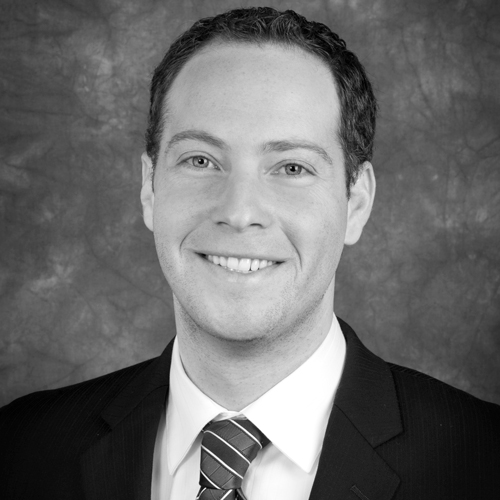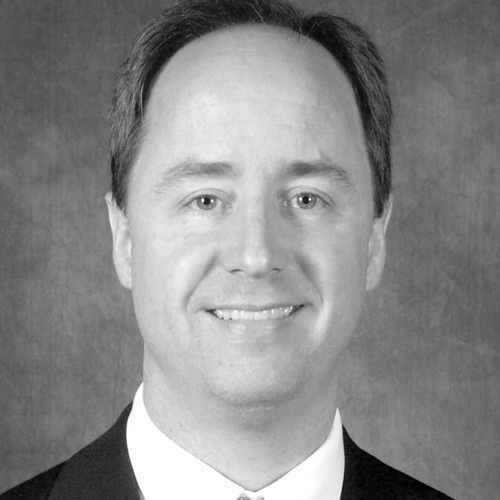Dr. David Lubarsky, a practicing anesthesiologist by trade, is living proof that sometimes a role outside of one’s specialty or expertise can still be a perfect fit. For the last four-plus years, Lubarsky has doubled as the leader of integration efforts for the University of Miami Health System (UHealth).
In his chief medical and systems integration role, Lubarsky has helped tie together numerous campuses across the South Florida tri-county region. Since taking the role, he has helped create a centralized scheduling system for the hospitals and practice, improving the efficiency of supporting infrastructure and working with critical project management at the hospitals in order to improve performance.
On the surface, it appears to be a lot for one person to take on—especially when they already have another job running one of the largest departments in the country. For Lubarsky, however, the end result makes it all worthwhile. “Anesthesiologists are really integrators to start with,” Lubarsky explains. “When you look around, many are serving as chief medical officers and other health system integration roles naturally because they are used to working with a variety of different specialists and bringing people together in terms of operational efficiency and optimizing the delivery of care. Plus, I happen to love problem-solving on behalf of a good cause.”
The need for a role such as Lubarsky’s came as UHealth evolved from a smaller, single-facility-focused group to one that was constantly expanding across the Miami-Dade and South Florida tri-county area in many different hospitals and new outpatient facilities. As the system continued to grow, there was no real plan in place for how all of these sites should work together in order to create a unified UHealth way of providing care.
“Whether it was managing care or scheduling patients, internalizing policies or management procedures, we were a group of siloed entities,” he says. “When a new administration came in 2006, we began to realize we really needed to work better together.”
That was the problem. But the solution came when Lubarsky and his team decided to unify people across UHealth who were more or less performing the same tasks at a part-time level, rather than have a subject matter expert put their full attention to a particular role. The move paid off, as efficiency increased and operating results improved without losing manpower or adding additional expense.
“Being committed to local change isn’t always enough; we often need an expanded view of what’s possible around the country and that can keep us all moving in the right direction.”
“Nobody is really an expert, and everybody is spending a lot of time and effort trying to do the best job they can do,” Lubarsky says. “It was a matter of corralling the same resources. You’re saying, ‘Hey, you’re now in charge of this part of a portfolio across the system.’ This creates a level of expertise that is a true resource and is much better than having three people who are doing a job part-time that doesn’t get their entire focus.”
Lubarsky also conceptualized and developed an integration project for the University of Miami’s retail health strategy. For him, the big takeaway and key to making this project a success was understanding how committed partners can develop a joint effort toward better health coming at that care from different angles.
“When you put all the various opportunities together and think outside the box a little, you realize that a partnership health strategy is not just a combination of what you are doing, but building a platform to leverage each other’s expertise and each other’s touchpoints for patients,” he explains. “There’s a lot that each partner brings to the deal that enhances the care both organizations can deliver inside and outside the walls of their respective facilities.”
In other words, if the University of Miami was sending its patients to a particular pharmacy, that pharmacy would naturally do better. If that pharmacy is handling a majority of the University of Miami’s patients, its health system can use those designated pharmacies to augment population health initiatives around susceptible populations, whether they are lower income, less educated, or a population with chronic disease. “When patients stay on their medication regimens and check in with knowledgeable professionals about issues, their health is improved, society spends less money overall, pharmacies make a greater impact on patient lives and increase profits, and health systems have a greater chance of succeeding in the population health initiatives, which is key to succeeding in a risk assumption world,” he says. “Everyone wins with a dedicated and organized effort.”
Lubarsky adds that there’s a tremendous amount that can be done in building a retail health strategy with the right partner. “It doesn’t have to be a unique or exclusive partner,” he notes. “You can have multiple arrangements. In Miami, we’ve reached out to many different potential partners in that pool.”
The initiative that Lubarsky may be most passionate about, though, is moving toward value-based health. When someone takes their car to a repair shop, they have the expectation that they’ll pay an assessed fee and the car will get repaired and stay fixed; Lubarsky feels going to the hospital should be no different.
“If you come in for service—whether that’s a hip replacement, congestive heart failure admission, or pneumonia—we should fix it and we should make sure when we send you out with your fixed heart it shouldn’t break again,” he says. “The core value base is about
readmissions and bundled pricing. I believe that is likely to be a continued focus, and that type of initiative is a great way to get started on the volume-to-value road. It certainly isn’t new; all service-oriented industries operate this way. These initiatives associated with the often maligned Affordable Care Act are actually moving us all in the right direction.”
Even if value-based health becomes the rule more than the exception, there will always be caveats, Lubarsky explains. Upfront pricing, for example, should be taken as an estimate depending on the patient’s circumstances. Academic systems such as the University of Miami have a tougher time with pricing because, even when they take good care of patients, what happens after they’re discharged is out of the hospital’s hands. Sometimes patients go home to environments that aren’t supportive of good care, whether it’s because of a lack of resources, knowledge, or just the inability to access additional care.
The buzzword now is social determinants of health, and it is important. “Posttreatment care has to be taken into account when the bundled pricing is being considered,” Lubarsky explains. “There are poor people who may actually need a higher estimated price to reflect their true cost of doing business for things that are out of their control.”
Putting Lubarsky in this role has helped improve UHealth in a number of ways, including a more efficient workforce and more cohesion between its hospitals, which has led to better care for patients. However, Lubarsky is happy to admit that this role has been just as good to him as well. The challenges that he encounters make coming to work every day fulfilling, and he’s been tapped along the way to fill a number of roles specifically created for him to be a “fixer.” He has been a senior associate dean for safety quality and risk when a malpractice crisis was disabling the system; the first CEO of the 1,100-physician practice when it was facing an annual loss of about $100 million a year; and the initial system chief medical officer of the university’s $2-billion health system as it began to address the value-based world and meaningful use of its Epic EMR, as just a few examples.
“I’ve been very lucky. Every step of the way it’s been great because I have been able to address what I think are incredibly important initiatives that make it possible to deliver better care, every day, to every patient,” he says.
And almost uniquely, he is publicly fond of working with consultants, who are not always fully appreciated at times by the health system rank and file. “When you are constantly trying to invent something from scratch, having some advice about how other aspirational organizations organized their efforts is a critical part of defining your own path,” he says. “People always say that consultants simply tell you what you already know, but that is because they aren’t asking the right questions. You may know that you need a centralized safety and quality organization, but figuring out exactly how many FTEs to start with, what is a reasonable timeline to deliver results, and starting with matrixed central/local organizational charts that have been successful elsewhere provide the substance with which to engage all your internal stakeholders. Being committed to local change isn’t always enough; we often need an expanded view of what’s possible around the country, and that can keep us all moving in the right direction.”

